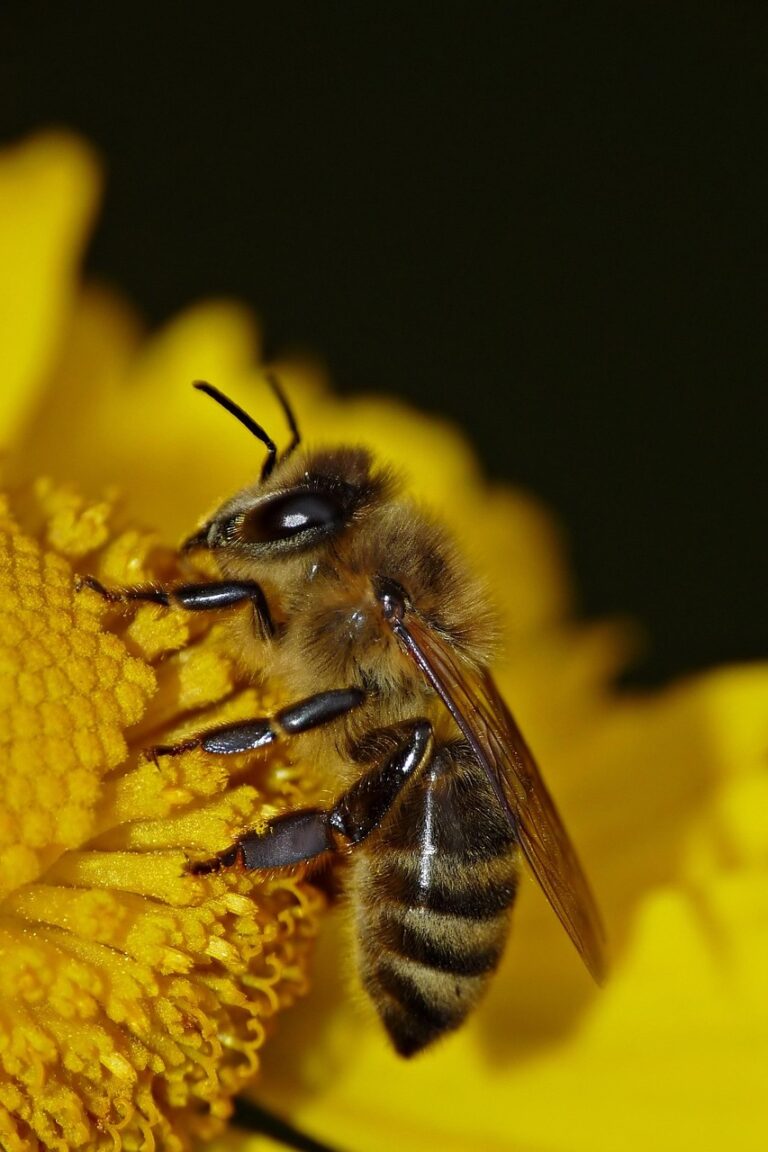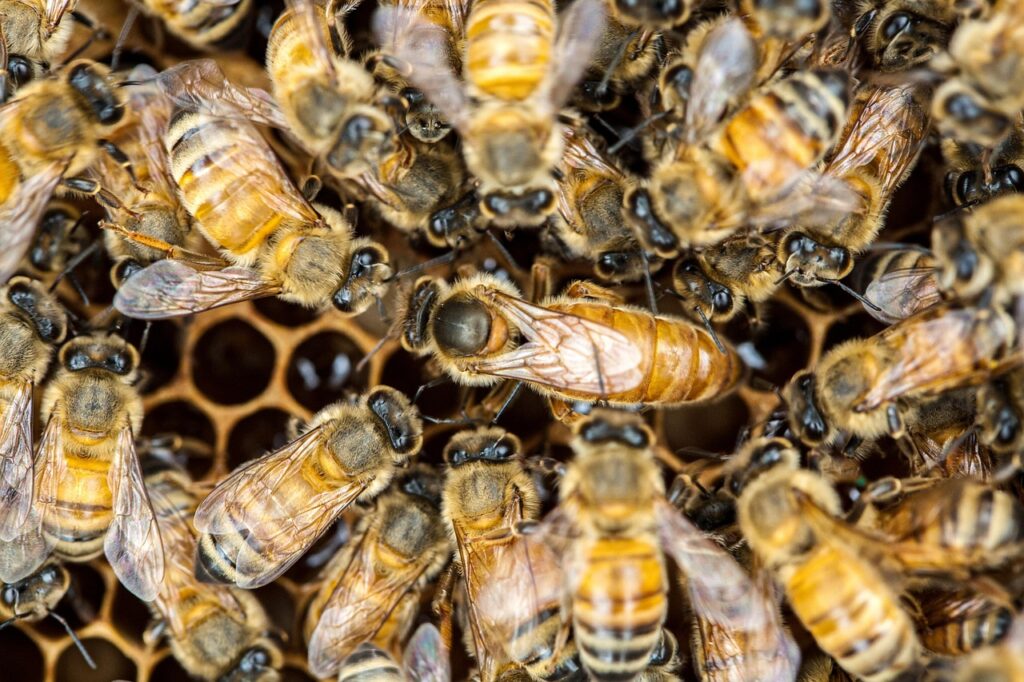Learn how bees collect nectar and water during their field foraging
Bees collect nectar by landing on flowers and inserting their proboscis (tongue) into the nectar source. Using specialized mouthparts, they extract nectar through two main methods:
• Lapping: For thicker nectar or shallow flowers, bees dip and retract their hairy tongue repeatedly, and nectar clings to the hairs before being drawn into the mouth.
• Sucking: For more dilute nectar or longer floral tubes, bees switch to active suction, using their proboscis as a straw to draw nectar directly along the sides of their tongue. Bees can rapidly switch between these methods based on the nectar’s concentration and accessibility[1].
The collected nectar is stored in a special organ called the honey stomach (crop), separate from the digestive tract, allowing a bee to transport nearly its body weight in nectar back to the hive[2][3].
For water collection, bees seek water from a variety of sources such as puddles, dew, pond edges, damp soil, or drops on plants.
They use their proboscis to sip water, storing it in the same crop as nectar.
Only a small subset of worker bees (often older individuals) act as specialized water foragers.
Water is carried on-demand to the hive, where it is distributed via trophallaxis (mouth-to-mouth transfer) to other bees. Water is used for cooling (by evaporative fanning), diluting honey, and feeding larvae[4][5].
Key details:
• Nectar provides energy (carbohydrates) and is later converted to honey.
• Water is essential for hive thermoregulation and brood rearing; it is not stored like nectar, but transported and used immediately.
• Both nectar and water are carried in the bee’s crop and transferred to receiver bees in the hive for processing and distribution[2][4][5][1].
This multifunctional feeding strategy and adaptive use of mouthparts enable bees to forage efficiently across a wide range of flower types and changing environmental conditions[1].
⁂
1. https://www.pnas.org/doi/10.1073/pnas.2305436120
2. https://www.chicagobotanic.org/plantinfo/smartgardener/how_honey_happens
3. https://beeculture.com/a-closer-look-nectar-collection-processing/
4. https://www.honeybeesuite.com/water-collection/
5. https://www.ctbees.org/post/water-foraging-by-honey-bees



